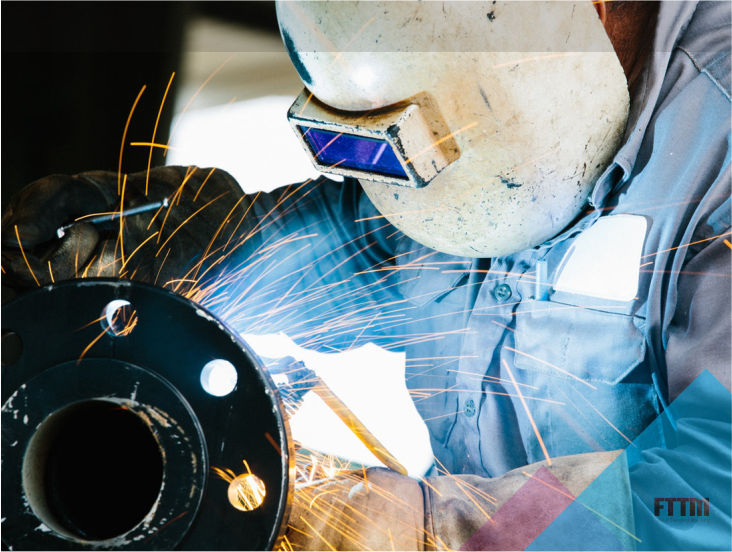Feasibility Study Of Injection Well Integrity For Carbon Capture Storage Pilot Project In Indonesia
Carbon capture and storage (CCS) is a process of capturing carbon dioxide (CO2) and storing it into a porous rock formation. Injected CO2 is usually gathered from nearby natural gas central processing plant. Currently, CO2 that is produced from gas processing plant is released into the atmosphere. CCS is one of methods that have been applied worldwide to reduce CO2 pollution in the atmosphere. In this case, CO2 will be injected into a formation which offers the best injection and storage potential based on geological, geophysical, and reservoir studies.
The CO2 injection well candidate is an existing temporary abandoned exploration well. Technical feasibility study is assessed in this study to know current condition of well integrity from the candidate well. Well integrity study is conducted by evaluating both the specification and condition of valve packing & seals, wellhead, casing, tubing, tubing joint seals, and cement. Afterward, tubular corrosion evaluation and cement evaluation are also conducted as part of well integrity study.
Well integrity study is accomplished by checking current well conditions and comparing it to American Petroleum Institute (API) standard. API that are used in this study include API 6A for wellhead and Christmas Tree, API Spec 5CT for casing, tubing, and tubing joint seals, API Spec 11D1 for packers, API Spec 14L for on/off tool and profile nipple, API Std 622 and API 624 for valve packing and seals, and API Spec 10A for cement and cement additives. Further study of CCS project experience also performed to make a comprehensive recommendation. Casing and tubing corrosion are evaluated using ECE® software to simulate the corrosion rate caused by CO2 injection into the well. Afterward, cement evaluation is assessed by analyzing CBL-VDL data to identify bonding quality of the cement. In spite of tubular and cement evaluation, there is an additional problem which is gas leak problem that is also analyzed in this study.

Figure 3. Leakage points on wellhead and cellar
This study concludes that further logging operations such as CBL and ultrasonic logs shall be done to update the information about Well X current condition. These logging results will be used to determine the leakage location and rate, and then determining the effective method to close the leak points from well X. After the repair of the leakage, Well X is ready to be worked over. The workover operation to upgrade the Well X is done by installing appropriate equipments with CO2 resistance, thus the Well X will be ready for CO2 injection operation.

